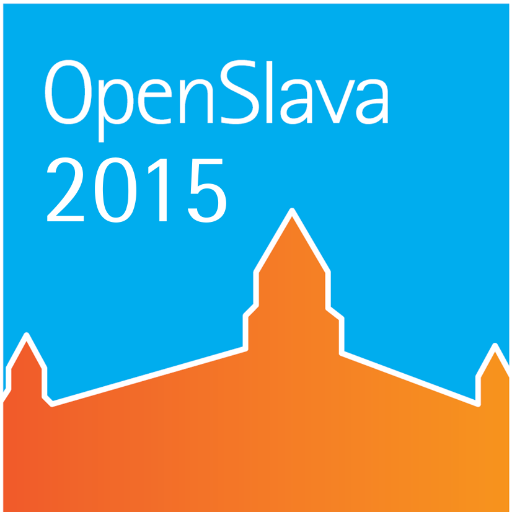Introduction
In the old days, you’d write code and allow another team called Operations (or OPs for short) to deploy it to various servers for testing, and eventually production. Quality Assurance teams would be testing your code from a few days to a few weeks ago on another server.
Developer tooling, infrastructure as a service, and shorter development cycles have changed all that. The Amazon practice of “you build it, you own it” has started to filter out to other companies as an adopted practice. Teams are now expected to build, deploy, and maintain their own software.
Today, I wanted to cover what I’ve learned about automated deployments around AWS. You’ll learn why you don’t need Ansible, Chef, or even Serverless, and instead can use AWS API’s to do everything you need.
Continue reading “AWS Adventures: Part 2 – Infrastructure As Code, Deploying a Microservice”




